Here's What You Need To Know About Mochiko: Sweet Rice Flour
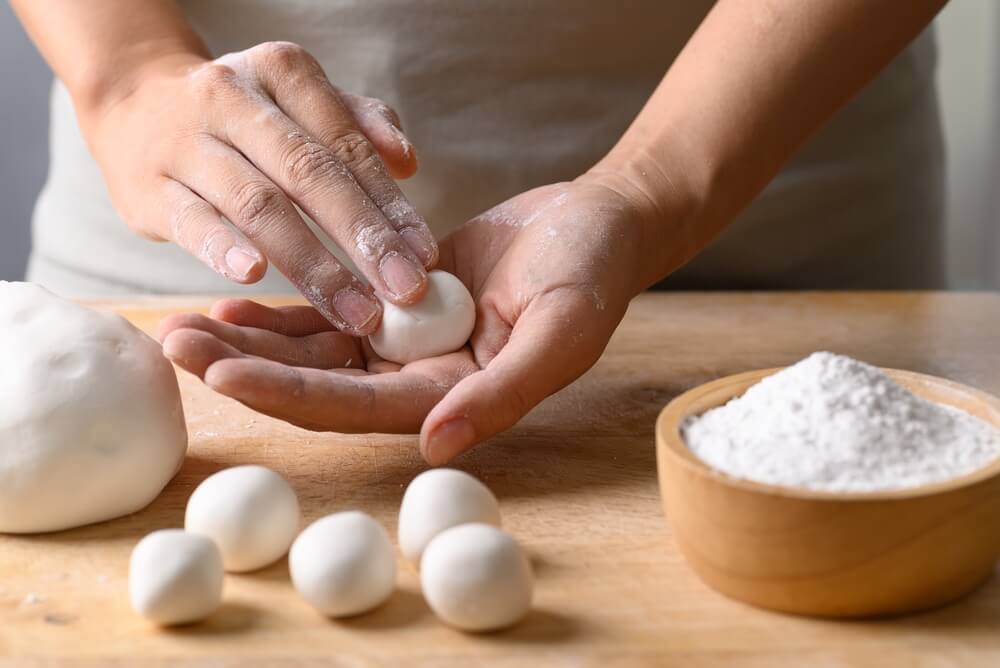
Many wonder, "Is sweet rice flour the same as glutinous rice flour?" Simply put, yes, glutinous rice flour is the same as sweet rice flour. It's an Asian pantry staple with a high starch content, making whipping up mochi in the kitchen a breeze. Hence, it's also called mochiko flour, mochiko sweet rice flour, or mochi flour. Surprisingly, there's no gluten in this flour despite its name.
Continue reading to learn about glutinous rice flour, from what it tastes like to substitutes and more.
What Is Sweet Rice Flour?
Glutinous rice flour is made from short-grain rice known as glutinous (aka sticky) rice. This gluten-free flour is perfect for making gluten-free batters, sauces, pastries, and more. While it doesn't contain gluten, it does offer a similar effect in recipes when it's cooked.
Glutinous rice has been grown in China for at least a few thousand years, with rice flour being used for around 2000 years. While the history of when it was invented and who invented sweet rice flour is unclear, it is clear that it has become a staple for many Asian recipes, from dumplings to baked goods.
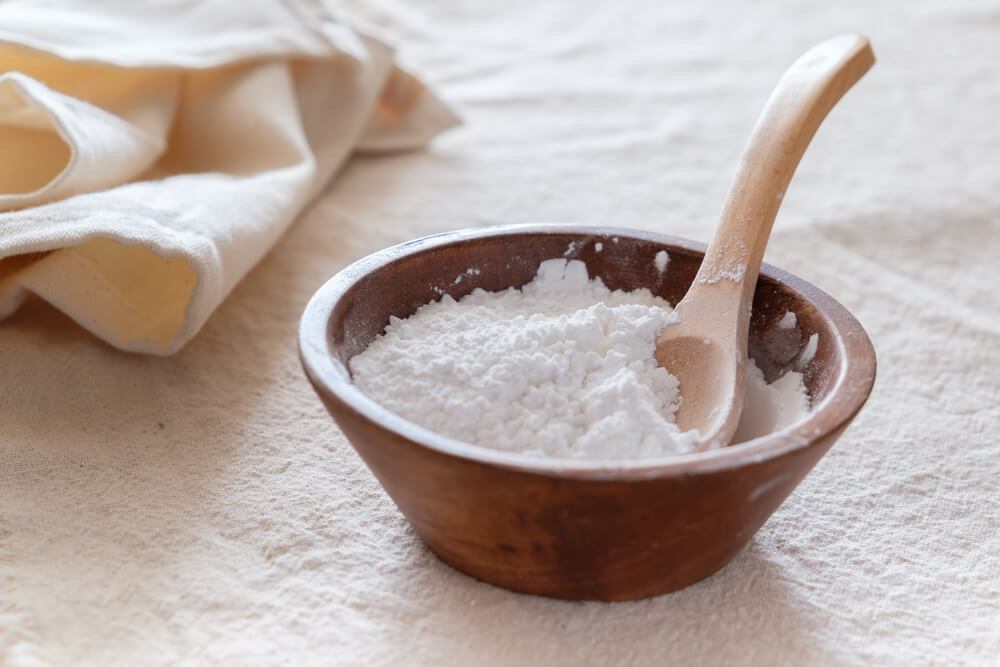
WHAT DOES GLUTINOUS RICE FLOUR TASTE LIKE?
Glutinous rice flour has a subtly sweet, almost milky flavor. Because of its naturally sweet taste, it's often in dessert recipes. It is similar in appearance to standard white flour, as it's typically finely ground. Since it's naturally gluten-free, many people with gluten sensitivities and allergies use this as a wheat flour substitute.
WHY IS GLUTINOUS RICE FLOUR CHEWY?
If you've eaten glutinous Japanese rice flour before, you've likely noticed it has a sticky and chewy texture. It gets this consistency because it has a lot of amylopectin starch. The chewy texture is even more apparent when the rice grains are ground into fine flour. This ground rice is used to make the bouncy, delicious mochi and rice cakes we've all come to love.

Other rice flours, like plain rice flour and chapssal flour, can provide a similar chewy consistency as glutinous rice flour. So, they work well as substitutes. However, they only work as replacements in certain dishes.
CAN I USE GLUTINOUS RICE FLOUR FOR BAKING?
Yes, you can use glutinous rice flour for baking. In fact, it's one of the main ingredients in recipes like mochi cake! This sweet rice flour is also great for other baked goods, like pastries, breads, and other types of cakes. When used in baking recipes, it helps bind the ingredients together and creates moister desserts.
Because of the glutinous rice flour, you'll also notice a bit of bounce/chew to these baked goods. It also provides baked goods with a distinct taste, so it's not ideal for desserts where you want more subtle flavors to shine through.
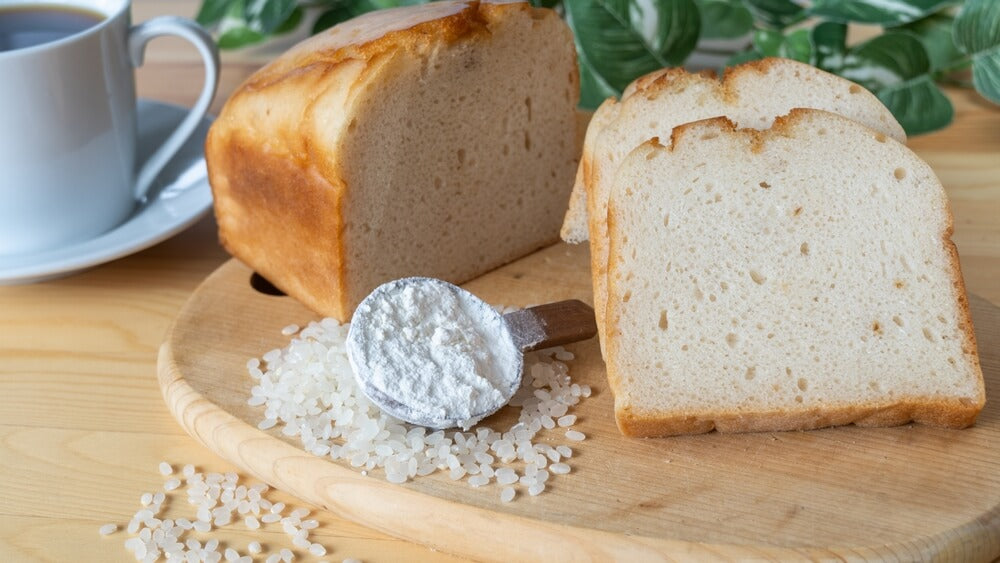
Mochiko Flour VS. Tapioca Starch
Both types of flour are common in the gluten-free baking/cooking world. However, mochiko and tapioca flour are quite different. Tapioca starch comes from the cassava plant in South America. The roots of the cassava plant are used to make tapioca flour. It creates a light, airy consistency in recipes and helps keep baked goods from becoming dense. In contrast, sweet rice flour creates elasticity in baked goods. Unlike mochiko flour, tapioca starch has a neutral flavor in dishes.

Though they are different types of flour, they share some similarities. Both are great options for binding ingredients and creating structure in baked goods. They also have around the same shelf life. When both flours are stored properly, you can use them for up to six months. Additionally, they have non-culinary uses. Both are excellent in skincare products, though for different reasons.
Sweet Rice Flour VS. Rice Flour
Sweet rice flour and regular rice flour are not to be confused. Both are staples in Asian cuisine, but each has very different uses. Rice flour is made from long to medium-grain rice, while sweet rice flour is made from short-grain rice. Standard rice flour works well in baked goods, while sweet rice flour is great as a thickener for sauces or as a binder for mochi and noodles.
What Is A Good Substitute For Sweet Rice Flour?
If you can't find sweet rice flour at your local grocery store, you can use the sweet rice flour substitute options below to create recipes.
TAPIOCA FLOUR
Tapioca flour is ideal if you're looking for a sweet rice flour substitute for baked goods. It can help create foods that require a chewy consistency, like cookies and brownies. Tapioca flour works in a 1:1 ratio as a substitute. You can also use it to make mochi at home. Try using it in this mochi recipe.
POTATO STARCH
Potato starch is another excellent swap; you can use it in a 1:1 ratio. Use potato starch as a binder in foods or as a thickening agent. It's also great for making batters.
CORNSTARCH
Cornstarch is a great swap, as you likely already have it in your kitchen cupboard. You can use cornstarch in a 1:1 ratio as a thickening agent. Unfortunately, it's not a great swap in baked goods or other similar recipes.
BROWN RICE FLOUR
If you don't mind brown rice flour's nutty flavor, you can use it as a substitute for short-grain sweet rice flour in sweet dishes. It is ideal for gluten-free baked goods. You can also use this flour to create breading for protein and as a thickener for sauces, soups, etc.
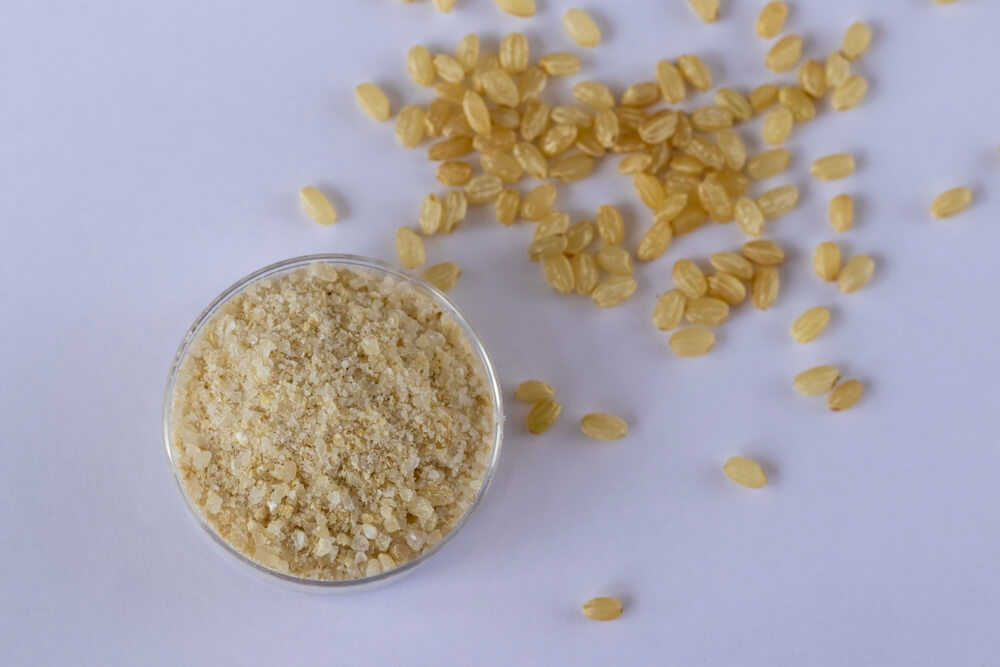
Cooking With Glutinous Rice Flour
Since you're an expert on glutinous rice flour, it's time to discuss what you can do with sweet rice flour (including sweet rice flour recipes).
HOW TO COOK WITH SWEET RICE FLOUR
While standard flour is straightforward, there are some tricks to working with sweet rice flour in the kitchen. These tips will aid you in perfecting glutinous rice kitchen recipes. Also, sweet rice flour should be chewy and sticky when cooked (think of mochi's consistency).
-
Sweet rice flour and water tend to separate when you mix them, so batters and similar recipes require continuous stirring.
-
Since this type of flour is very starchy, it absorbs fats more easily. If you want a chewy consistency, you'll need to add extra glutinous rice flour to specific recipes.
-
You don't need to create a roux to use glutinous rice flour as a thickener. Instead, you can add it directly to sauces, and it will start to thicken.
GLUTINOUS RICE RECIPES/DISHES
These recipes and dishes typically include glutinous rice flour. They're fairly easy to make at home or find at Asian markets nearby.
DAIFUKU
Daifuku is a type of sweet mochi that typically has anko, aka red bean filling, inside. You simply need to combine sweet rice flour with potato starch, water, and sugar. Then, add the filling and shape the mochi around it. Now, you have daifuku mochi ready to eat!
MOCHI
Mochi doesn't have to have red bean paste as the filling. It comes in many flavors, from green tea to strawberry and vanilla. Use the above ingredients to make mochi to your taste preferences.
MOONCAKES
Mooncakes are a celebratory dessert in China that are as beautiful as they are delicious. Like mochi, they also use glutinous rice flour, though they include other flours like wheat flour and rice flour to create a slightly different consistency. Mooncakes are filled with various custards and pastes and feature intricate designs on their exteriors. You'll see these sweets eaten during the Mid-Autumn Festival.
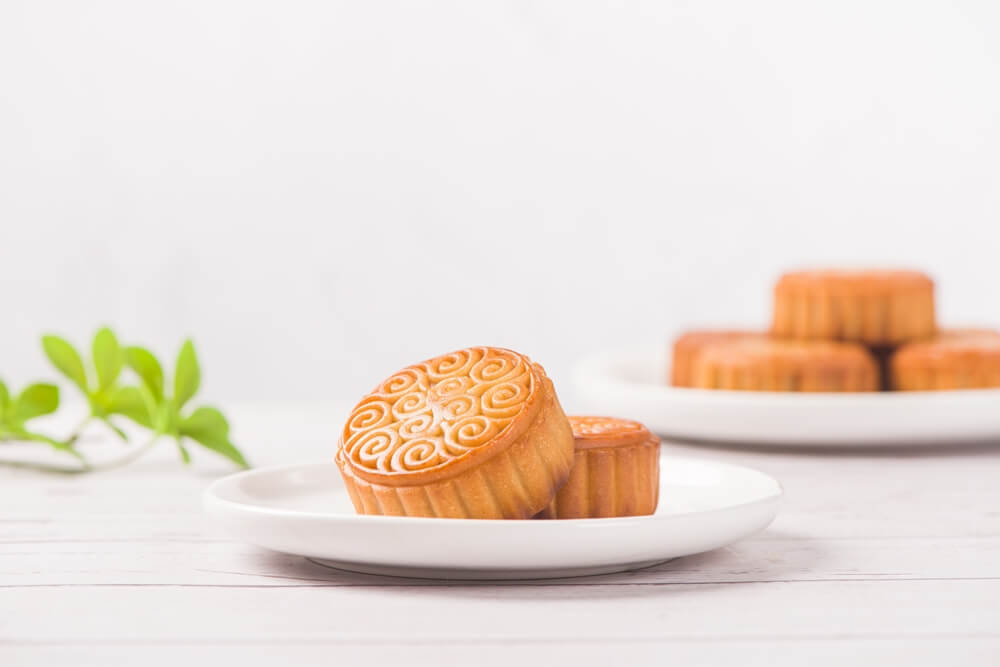
MATCHA PUDDING
Since glutinous rice flour works well as a thickener, it makes an excellent pudding. Combine it with prepared matcha pudding mix, sugar, and water. Then, you'll have a delicious, sweet treat. Check out this matcha pudding recipe for more details.
How To Use Sweet Rice Flour
Glutinous rice flour is a pantry staple for a reason – it has many uses! You can use it as a thickening agent to create a deliciously chewy texture, make batters, create flakey textures in baked goods, and help create smooth sauces. Its slightly sweet flavor is not typically noticeable in most recipes, so you can use it for sweet or savory dishes.

Glutinous Rice Flour Tips
These glutinous rice flour tips will help you get the most out of your sweet rice flour! You'll learn where to get it, how to store it, and how long your sweet rice flour will stay good.
HOW TO STORE SWEET RICE FLOUR?
Storing sweet rice flour is similar to storing standard flour. It's necessary to keep sweet rice flour in an airtight container in a cool, dark place (like a pantry). You can keep (and use) glutinous rice flour with proper storage for up to six months.
WHERE TO BUY SWEET RICE FLOUR?
If you don't have an Asian grocery store nearby, you can find Mochiko Sweet Rice Flour on Bokksu Market and other grocery staples. This mochiko is the longest-selling flour in the U.S., starting with its introduction into the American market in the 1940s.
Author Bio









